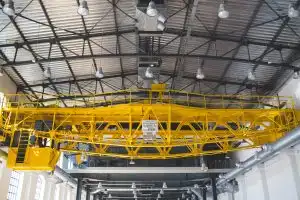Employee training, for any purpose or reason, must produce a positive outcome that makes a positive impact on productivity. Companies and organizations “go through the motions” of conducting training but never realize any benefit. Training becomes a “must do” compliance event and the employees have the “can’t wait until this is over” attitude while in attendance. This is a very difficult situation (and audience type) even for the most experienced and knowledgeable professional trainer.

There are some very good hints and ideas for making your training sessions more appealing and effective in terms of memory retention of the audience members.
First, start the training with background and history on your company/organization as it pertains to safety at your organization. Yes, you may have to do a little research to get the company history and story accurate and complete. However, this will give your employees a sense of where the organization has progressed or not in safety and health for the organization. Adults are more inclined to learn and apply what they are taught when the content of the topic is relevant and applicable to what they are doing on the job. Include basic facts and figures of safety and accident trends and events and results of what the executive team expects in the future months and years for the safety culture.
Next, before launching into your PowerPoint or training manual presentation, ask the attendees some simple questions to preface the upcoming instruction. Try asking each attendee the following:
Etc……………….
Note: Don’t hand out a survey of these questions to try and accomplish the same thing here. People respond more thoughtfully if they have to verbalize their answers and opinions and some may feel anxious about a written document, too.
These questions will force the audience to stop and think of the message and then respond verbally in the presence of their peers and colleagues. Ensure that all responses are respected and no feels that they cannot reply because their response will be seen as dumb or stupid. Keep the session interaction open and free of scrutiny by anyone.
In some instances, question responses will be clever and actionable for you. You will be able to make changes to your content and training timeline as a result. The training instruction will be much more meaningful and interesting to your employees. They will actually tell you that the training was “good” and even better than past years. However, such reaction depends on whether you actually make the changes that they suggest and comment about. You can expect some comments and responses to be unreasonable, too. This is just a “limit test” by the audience to see how far the “limit” is on their suggestions and what you will do with them.
Don’t be alarmed or get off topic if some of the comments are, in fact, ridiculous or unrelated. You will soon learn what your particular company culture demands of you as a trainer as you progress with regular training sessions. You will then know where your content, delivery style or physical training features are effective or not in making the course interesting and memorable.
Good luck and good training!!!
Dennis Diamond, President, Master Trainer Instructor


